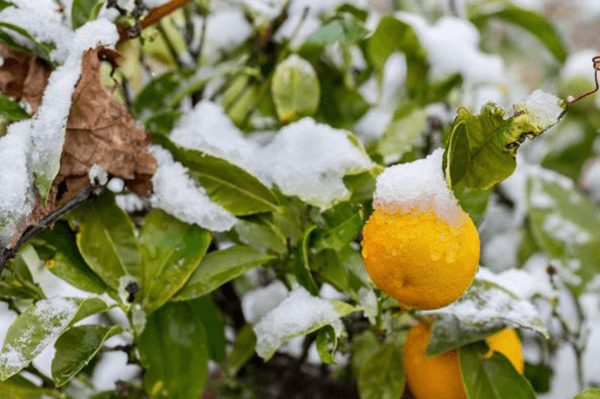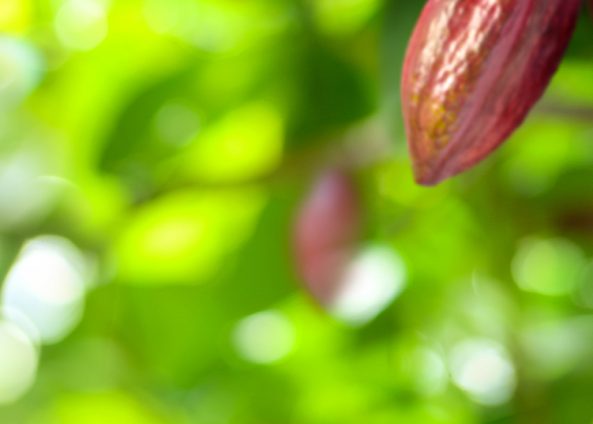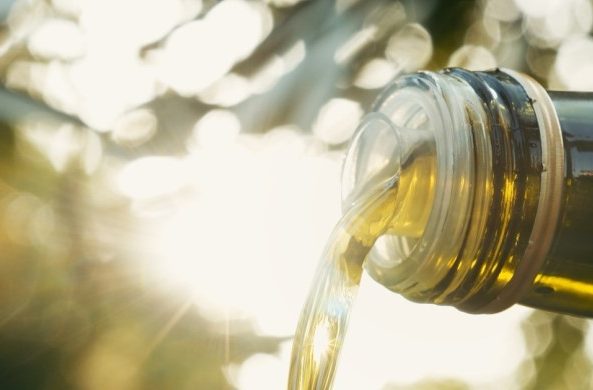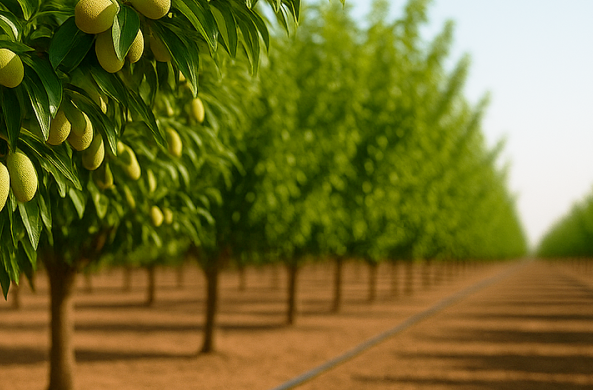
Now is the time to make sure your crops are protected from frost
By now we know that Punxsutawney Phil did not see his shadow, which means an early spring is expected. But whether his prediction is correct or not, now is the time to make sure your crops are protected from frost.
With buds and flowers already beginning to bloom, the time between late winter and spring can be prime time for frost and freezing temperatures, which can damage your crops for the season ahead.
In addition to passive protection, which includes plant location and soil covers, it is important to take an active approach to protecting your crops.
Take an Active Approach
Wind machines, helicopters, and heaters all offer active frost protection, but they can be expensive and dependent on availability. For example, a helicopter and pilot may not be ready and waiting when a frost alert arises in the middle of the night.
A micro sprinkler and sprinkler system is a simple, cost effective way to significantly decrease frost damage.
It’s all about physics. Micro sprinklers and sprinklers help prevent the soil surface from dropping below the freezing point, and in addition, create ‘clear ice’ on the plants, where latent heat is released which keeps the warmth of the plant inside it.
Choosing the Right Sprinkler System
There are two ways to design your sprinkler system – under canopy or over canopy. Here’s a quick guide to help you choose the right sprinkler system to protect your crops from frost damage. And know that Rivulis is here to help you every step of the way and design the right frost protection system for your unique needs.
- Deciduous Trees: Under canopy (or under tree) sprinklers are commonly used for frost protection where the minimum temperatures are not too low and only a few degrees of protection are needed. In addition to the low operational cost, you can also use the system for your overall irrigation needs. Rivulis S2000 PC is a great example of this type of micro sprinkler.
- Low Growing Crops: Over canopy (or over plant) sprinklers are used to protect low-growing crops and some deciduous fruit trees, but not for crops with weak branches where the weight of ice on the plants could lead to snapped branches. It provides excellent frost protection to near -5C if the application rates are sufficient and the application is uniform. However, there are drawbacks to this method, especially in windy conditions or when the air temperature falls so low that the application rate is inadequate to supply more heat than is lost to evaporation. Rivulis S2000, Super XL and Rondo sprinklers are great choices.
Don’t just listen to the Phil the Groundhog, make sure to keep track of the weather in your area and follow the frost alerts so you know if protection is needed and when to start the system. Manna, which provides irrigation intelligence solutions to growers around the world, features a hyper-local weather service. Users can receive alerts to their preferred device about weather conditions on their farm, including extreme heat or frost hazards. Learn more about Manna: manna-irrigation.com





